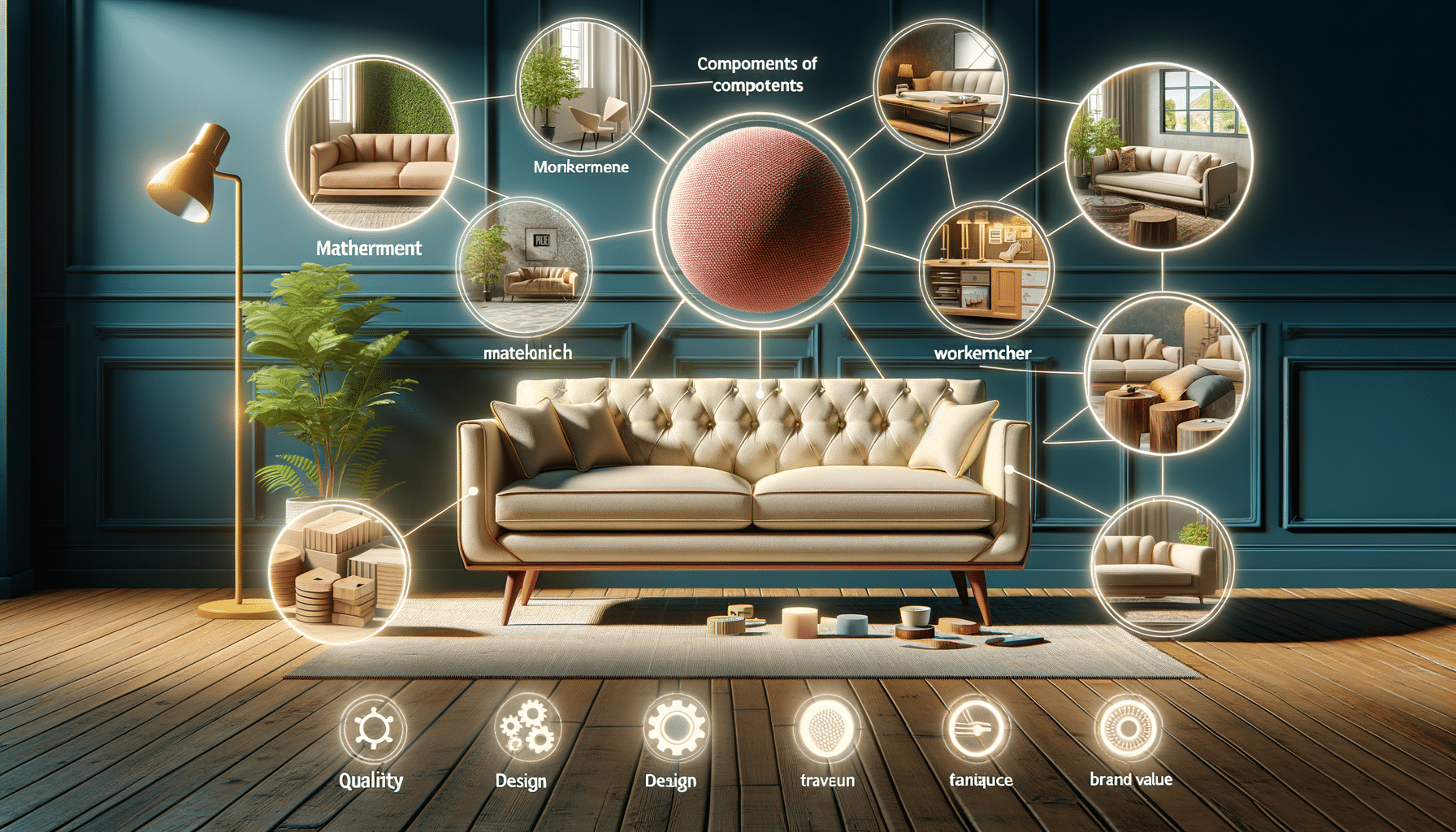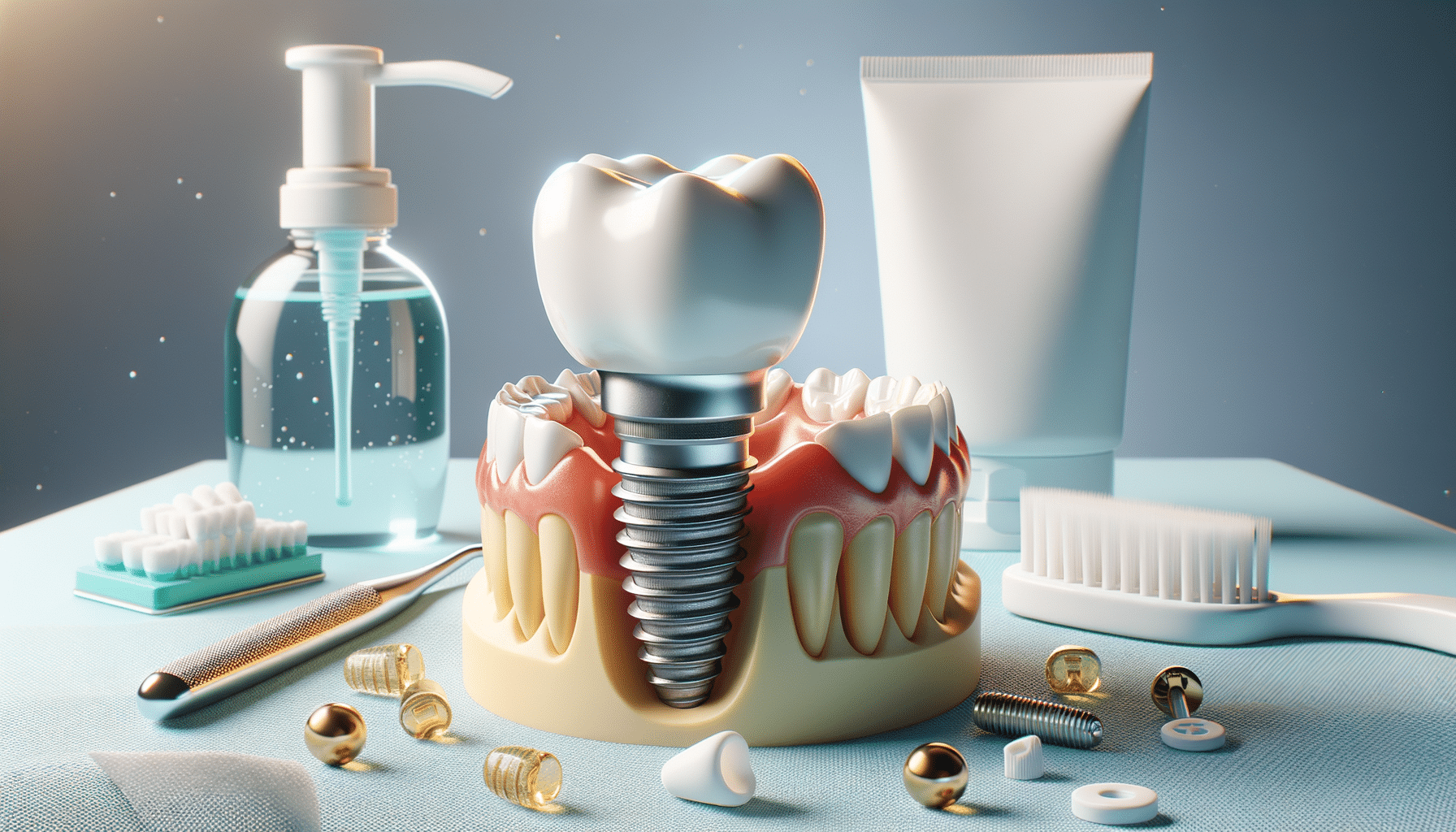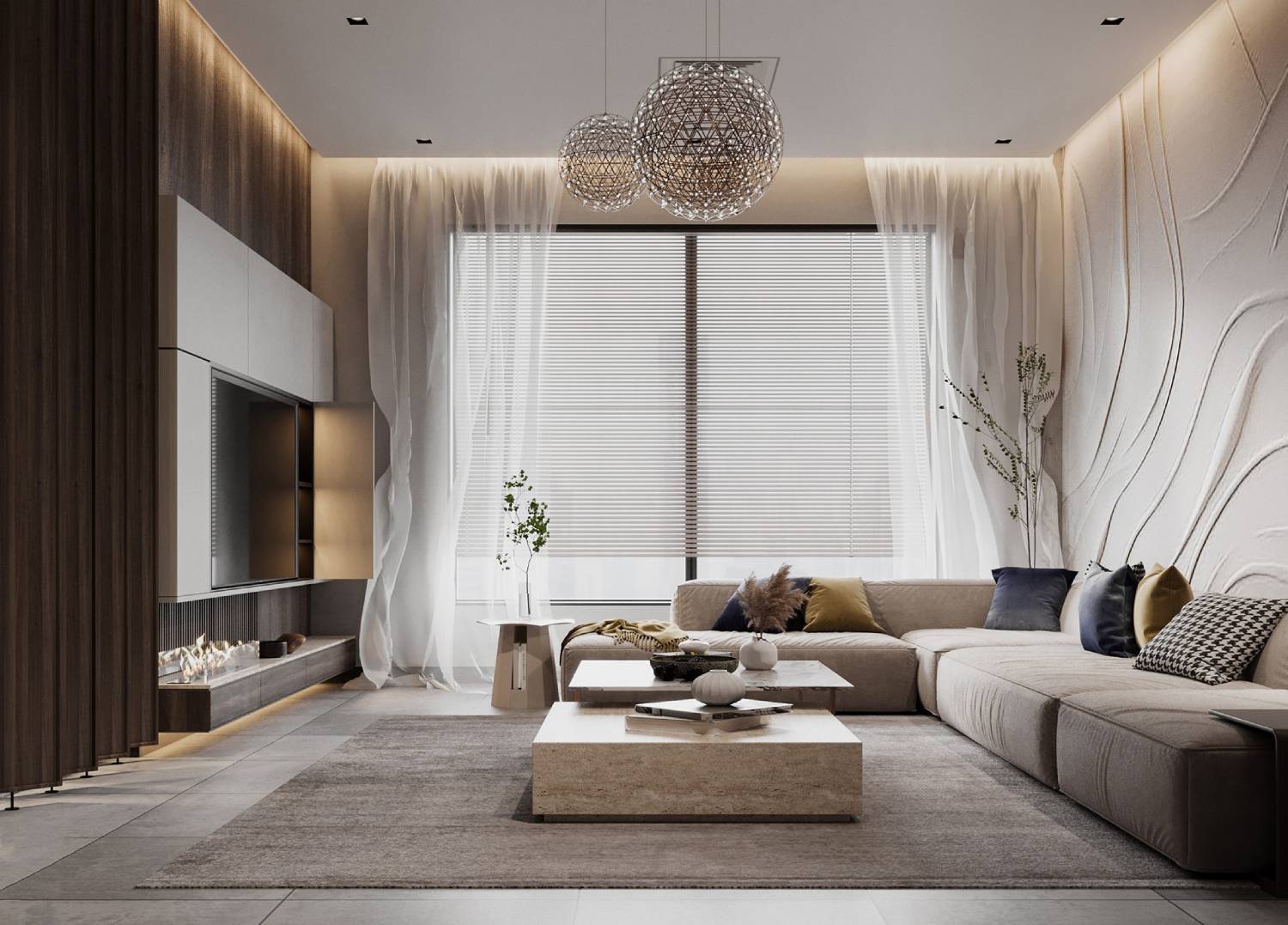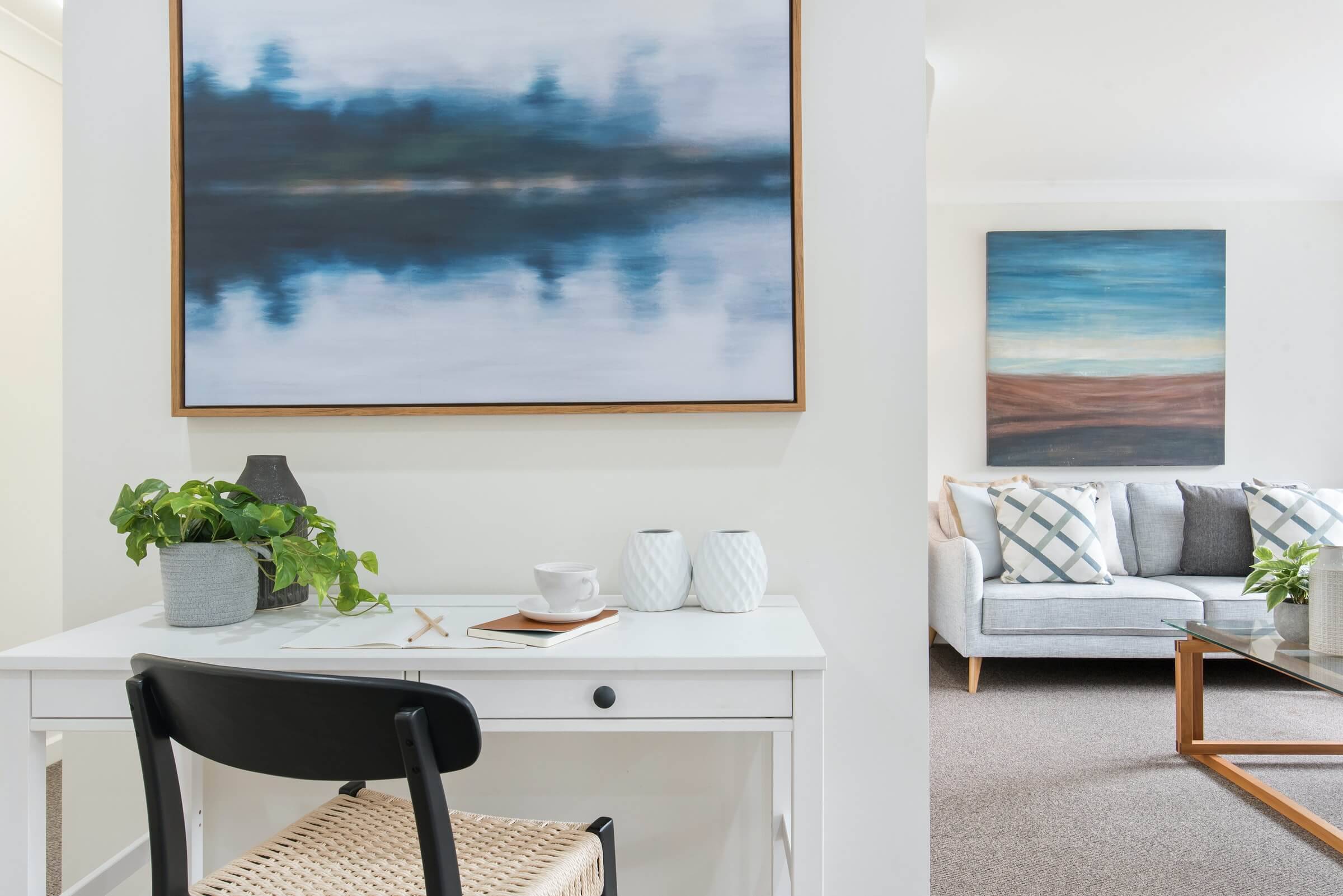
Minimalism for Beginners: A Step-by-Step Guide
Today, many people embrace minimalism. They want to simplify their lives and find peace by decluttering. Minimalism is more than just a trend. It’s a lifestyle choice that encourages living with less to make room for more meaningful experiences. Minimalism helps you clear your home, simplify your wardrobe, and ease mental clutter. It leads to more clarity and focus in your life.
This guide helps beginners understand minimalism. It offers practical tips and strategies to simplify your home and life. By the end of this article, you’ll know how to start your minimalist journey. You’ll create a space that reflects your values and boosts your well-being.
Key Benefits of Minimalism and Why It Matters
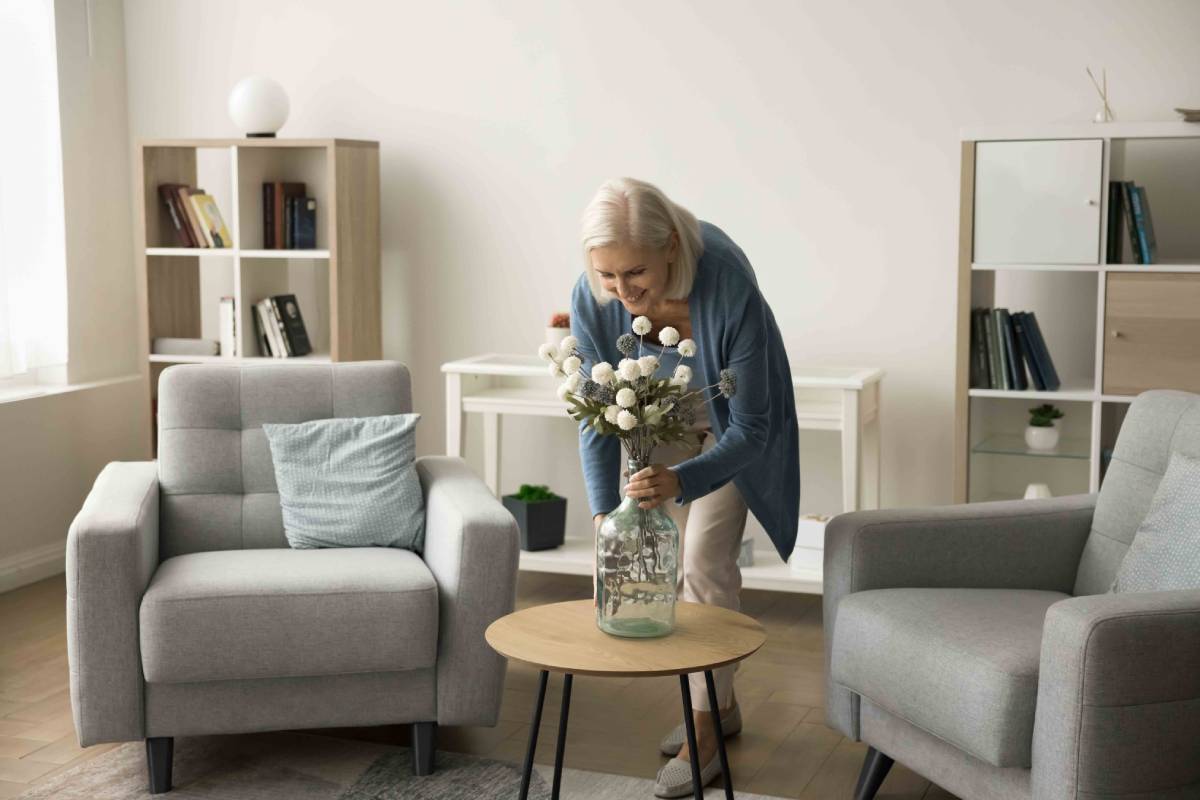
Enhancing Mental Clarity
One of the primary benefits of minimalism is the mental clarity it brings. By reducing physical clutter, you also reduce mental clutter. A cluttered environment can lead to a cluttered mind, making it difficult to focus and increasing stress levels. Studies show that too much clutter can raise cortisol levels. Cortisol is the hormone linked to stress. Embracing minimalism helps you create a calm space. This space promotes relaxation and supports mental well-being.
Financial Freedom
Minimalism encourages mindful spending, which can lead to significant financial savings. Focus on quality instead of quantity. Avoid buying things you don’t need. This way, you can invest in experiences and opportunities that really count. Financial freedom lets you chase your passions and seize opportunities. You can travel, invest in personal growth, or even retire early, all to improve your quality of life.
Increased Productivity
A minimalist lifestyle promotes efficiency and productivity. With fewer distractions in your space, your ability to concentrate and complete tasks improves. A tidy workspace helps professionals manage their time better and feel more satisfied at work.
Environmental Impact
Adopting a minimalist lifestyle also contributes to a more sustainable planet. Using less and picking eco-friendly products helps cut your carbon footprint. It also supports sustainable living. Minimalism promotes wise resource use. This helps create a healthier environment for future generations.
Real-Life Applications
Consider the story of Sarah, a young professional overwhelmed by the chaos in her life. By adopting minimalism, she was able to declutter her home, reduce her expenses, and focus on her career and personal growth. Her journey to minimalism not only simplified her life but also brought her a sense of contentment and purpose.
Step-by-Step Guide to Starting Minimalism
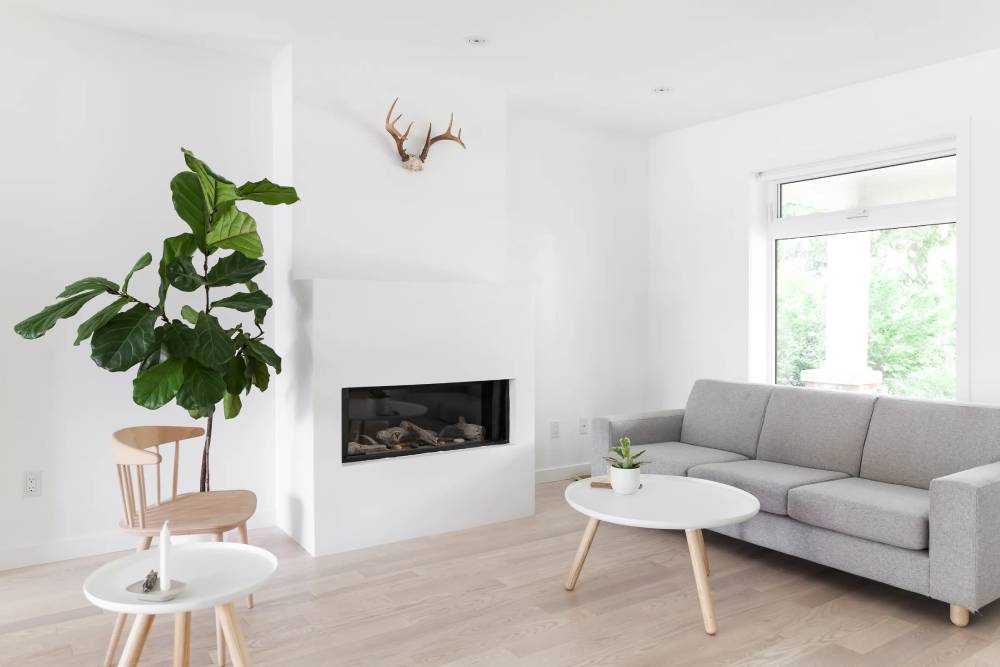
Embarking on a minimalist journey requires a thoughtful approach. Here’s a step-by-step guide to help you get started.
Step 1: Define Your Why
Understanding your motivation for adopting minimalism is crucial. Are you seeking more time, financial freedom, or mental peace? Defining your “why” will guide your decisions and keep you focused on your goals.
Step 2: Start with a Small Area
Begin your minimalist journey by tackling a small area, such as a drawer or a closet. This allows you to experience the benefits of decluttering without feeling overwhelmed. As you gain confidence, you can expand to larger areas.
Example: Decluttering Your Wardrobe
- Evaluate Each Item: Assess each piece of clothing and ask yourself if it brings joy or serves a purpose.
- Donate or Sell: Remove items you haven’t worn in the past year and donate or sell them.
- Organise: Arrange your remaining clothes in a way that makes them easily accessible and visually pleasing.
Step 3: Adopt the One-In-One-Out Rule
To maintain a clutter-free environment, adopt the one-in-one-out rule. For every new item you bring into your home, remove one. This prevents accumulation and encourages mindful purchasing.
Step 4: Simplify Your Digital Life
Minimalism isn’t limited to physical possessions. Organize your files. Unsubscribe from emails you don’t need. Cut down on screen time to simplify your digital life. A streamlined digital environment enhances productivity and reduces stress.
Step 5: Focus on Quality over Quantity
Invest in high-quality items that serve multiple purposes. This not only reduces clutter but also ensures you have durable, long-lasting possessions that add value to your life.
Step 6: Reduce Obligations and Commitments
Minimalism extends beyond material possessions. Evaluate your commitments and prioritise those that align with your values. Saying no to unnecessary obligations creates more time for meaningful experiences and relationships.
Additional Expert Tips & Common Mistakes to Avoid
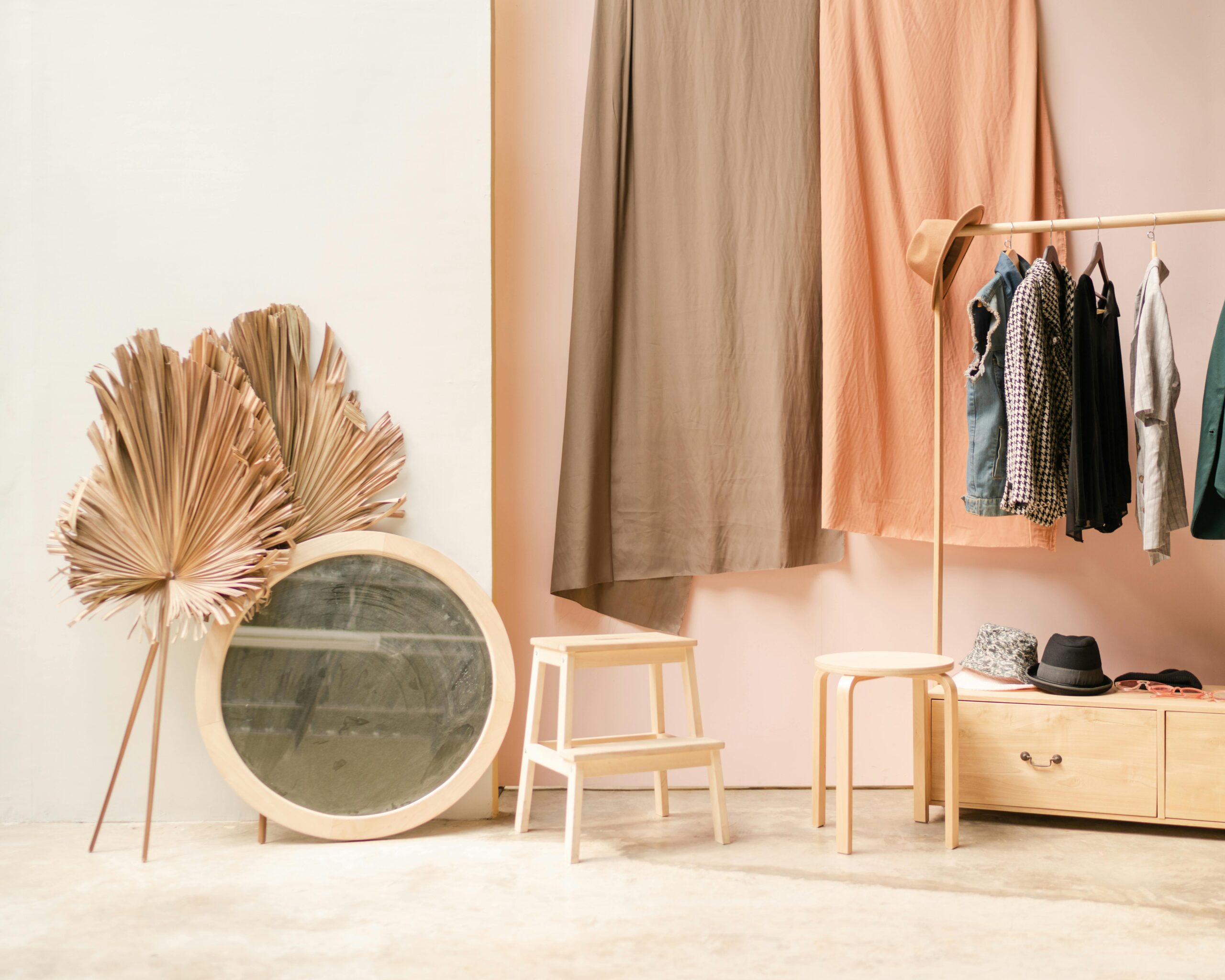
Expert Tips
- Practice Mindfulness: Add mindfulness to your daily routine. This helps you stay focused on your minimalist goals.
- Build a Capsule Wardrobe: A capsule wardrobe includes classic, versatile pieces. You can mix and match them to make different outfits.
- Use Multi-Functional Furniture: In a minimalist home, choose furniture that does more than one job. This saves space and adds functionality.
- Embrace the “Less But Better” Approach: Invest in fewer but higher-quality items that bring genuine value to your life.
Common Mistakes to Avoid
- Rushing the Process: Minimalism is a journey, not a destination. Take your time to make thoughtful decisions.
- Be Flexible: Adapt your minimalist approach to fit your changing lifestyle and needs.
- Aesthetics Alone Won’t Cut It: A clean home looks nice, but minimalism is about more than that. It’s about living a meaningful life, not just making a pretty space.
- Decluttering Without Purpose: Decluttering for the sake of it can lead to regret. Be intentional about what you let go of.
Advanced Insights and Expert Recommendations
Embrace Minimalist Mindsets
Beyond decluttering, minimalism involves adopting a mindset of gratitude and intentionality. Practice gratitude for what you have and make intentional choices that align with your values.
Explore Minimalist Communities
Joining minimalist communities, whether online or in-person, can provide support and inspiration. Connecting with others who share your views can boost your minimalist journey. It also brings fresh ideas.
Minimalism and Relationships
Minimalism can also extend to relationships. Think about the people around you. Focus on building strong, positive connections that add value to your life.
The Psychological Benefits of Minimalism
Psychologists say minimalism can help mental health. It reduces stress and anxiety. Living with fewer distractions allows for deeper focus, better sleep, and a greater sense of life satisfaction.
Embracing the Minimalist Lifestyle
Minimalism is a powerful tool for simplifying your life and creating a space that reflects your values. This step-by-step guide helps you start a minimalist journey. It boosts your mental clarity, financial freedom, and overall well-being. Remember, minimalism is a personal journey, and there is no one-size-fits-all approach. Tailor the principles to suit your lifestyle and enjoy the benefits of living with less but gaining so much more.
As you begin your minimalist journey, consider what truly matters to you and take steps to align your life with those values. What will you choose to let go of today to make room for a more meaningful tomorrow?
